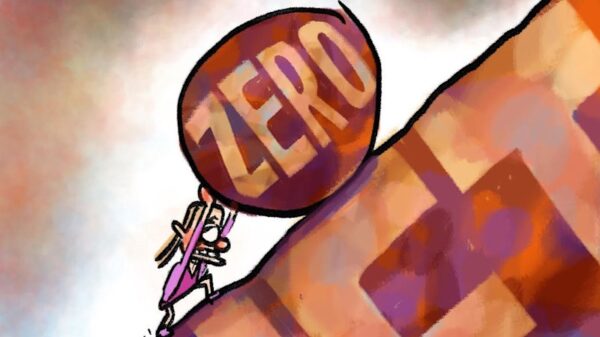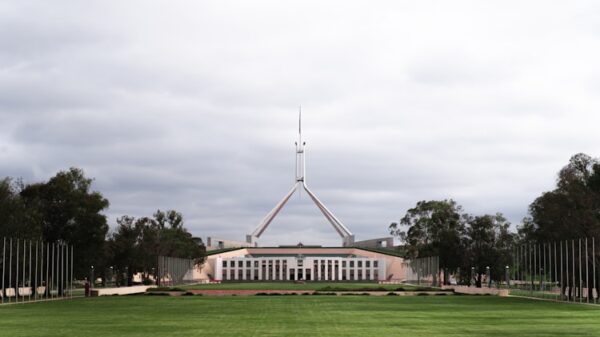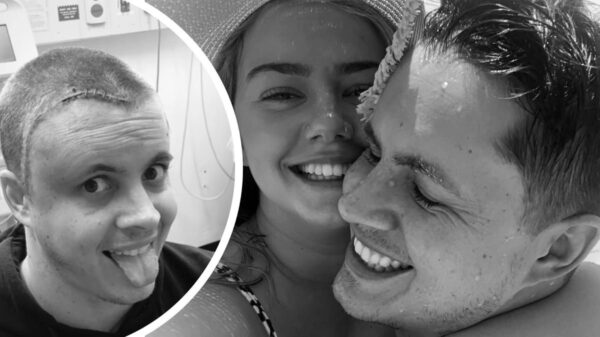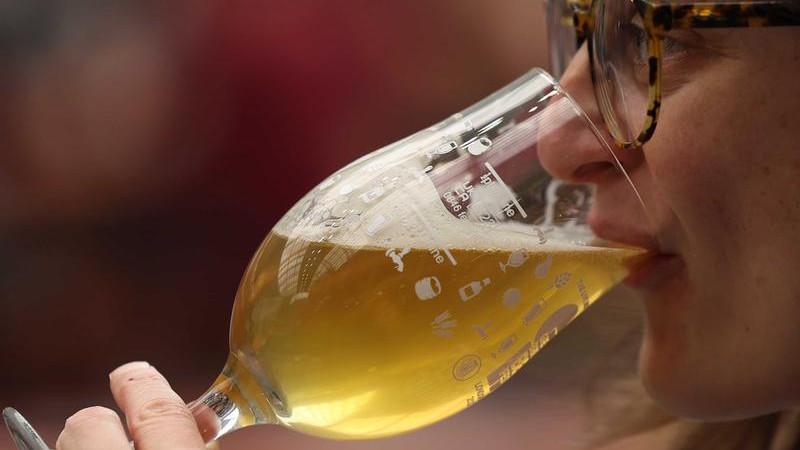A recent study published in the journal Neurology has established a concerning link between heavy alcohol consumption and an increased risk of severe brain bleeds, specifically intracerebral hemorrhages. Researchers found that individuals consuming three or more alcoholic drinks daily experienced strokes, on average, 11 years earlier than those who drank less. Moreover, these heavy drinkers were found to have significantly larger brain bleeds that posed greater management challenges for healthcare providers.
The study, conducted at Massachusetts General Hospital between 2003 and 2019, examined the medical records of 1,600 patients who suffered from brain bleeds. Alcohol consumption was reported by patients or their relatives during treatment. The researchers also analyzed brain MRI scans for approximately 75 percent of the participants.
Dr. Edip Gurol, a neurologist at Massachusetts General Hospital and the study’s lead author, noted that heavy drinkers exhibited higher blood pressure and lower levels of blood-clotting cells, both of which contribute to the risk and severity of brain hemorrhages. The MRI scans indicated that the small blood vessels in the brains of heavy drinkers were more brittle and leaky than those in individuals consuming fewer alcoholic beverages.
In addition to the immediate risks associated with brain bleeds, the study revealed that heavy drinkers were over 90 percent more likely to require assistance with daily activities following a stroke. This includes tasks such as dressing and bathing, significantly impacting their independence. Interestingly, even individuals who consumed two drinks per day were noted to develop brain bleeds at younger ages compared to non-drinkers.
Dr. Bruce Ovbiagele, a professor of neurology at the University of California, San Francisco, who was not involved in the research, emphasized the toxic effects of high-dose alcohol on brain cells. He highlighted that while ischemic strokes—caused by blockages—are often studied in relation to alcohol consumption, intracerebral hemorrhages require different considerations, as they result from blood vessels bursting in the brain.
Despite advances in medical interventions for ischemic strokes, options for treating brain bleeds remain limited. Dr. Gurol described the situation succinctly: “It’s almost like a bomb exploding in the brain.” Healthcare providers can attempt to mitigate further damage, but cannot reverse the initial injuries caused by the hemorrhage.
While the findings highlight the dangers of heavy drinking, Dr. Amytis Towfighi, the chief of neurology at Los Angeles General Medical Centre, pointed out the need for further research to fully understand the impact of alcohol on brain health. The study primarily assessed current drinking habits, which may not accurately reflect lifetime alcohol consumption. Furthermore, the patient demographic was predominantly white, raising questions about the generalizability of the findings to other populations.
This research emerges at a time when drinking rates in the United States have declined to their lowest levels in years. Experts emphasize that no amount of alcohol is beneficial for health. Dr. Gurol noted that while occasional drinking may be acceptable, limiting alcohol intake is essential to reduce the risk of strokes and other health complications.
As the medical community continues to investigate the relationship between alcohol and stroke, it becomes increasingly important for individuals to be aware of their drinking habits and the potential risks associated with excessive consumption.

































































